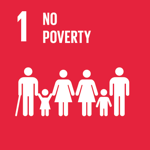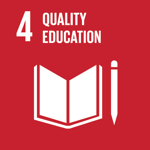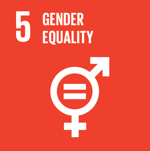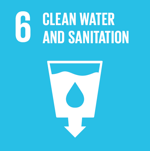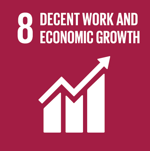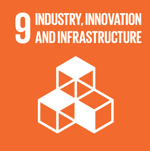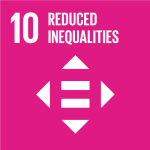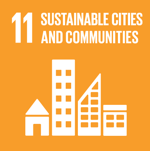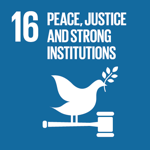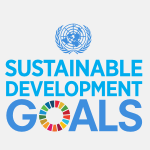Climate Action


SDG 13- SDG 13 -Monitoring Climate Change for a better Future – GVS
The area of climate change-related planning and management has become increasingly important, making in onto the UN’s 2030 Sustainable Development Goals. Indeed, it is unsurprising given the facts, 91% of the world’s population live in places where air quality exceeds the World Health Organisation (WHO) guideline limits and greenhouse gases are the most significant driver of observed climate change since the mid-20th century.
More related Keywords: climate impact , change future , better climate, sustainable development goals and climate change, climate change and sdg , climate change climate change, climate change monitoring, climate change and sustainable development goals ,change climate change, global goals 13 ,sustainable development goal climate action , future impacts of climate change, climate change Israel, climate change is a, global goal 13 climate action sdg climate, change for climate, climate action sdg 13 ,climate change and, climate crisis, Technology for climate change, climate , goal 13 sdg , climate change is good, change future Israel
Established in 1996, the Israeli company GreenVision Systems (GVS) aims to provide solutions for environmental quality, specifically environmental monitoring, water resource security, product safety & security and product purity. With over 20 years of experience, their technology uses various types of microscopic and macroscopic compounds along with the chemical composition of particles in the air, such as bio-agents, or in other substances such as water and soil in order to provide near-real-time data.
What is unique about the GVS product suite is their capabilities to make a process that once took weeks into just hours. Their technology makes predictions of potential contamination events which allows their users to reduce health risks over time, control contamination of water, air and food across different time periods and locations. These predictions include, but are not limited to urban air pollution, airborne threats and water quality.


A crucial area of GVS’s work revolves around the monitoring and assessment of sources contributing to PM2.5 and PM10. These are airborne particles have the potential to damage health and even cause mortality. The American Heart Association suggests that exposure to these particles over a period of hours or weeks can trigger cardiovascular disease-related mortality and nonfatal events. Often manifesting themselves from sources such as power plants, exposure within years can lead to cardiovascular mortality. At a tenth of the normal price, GVC are providing life-saving monitoring devices, luckily it is also decreasing the economic impact of air pollution as well.
Outside the area of air-pollution, GVS can supply remote sensing (the scanning of the earth by satellite or high-flying aircraft) which develops understanding of the complex interactions between the atmosphere, oceans, ice regions and land surfaces as well as between forestry and vegetation. Their HyperEye-RS remote sensing system can address the global needs of Environmental Protection. It has featured in both South-Korea and Israel for monitoring algal blooms (rapid growth of microscopic algae) in water systems, which can reduce the ability of fish and other aquatic life underwater or cause thick green much that impacts clean water.
In the last decade GVS have also addressed the real, tangible need for the fast detection of potentially harmful chemicals for Homeland Security. In addition to Israel, GVS have been supplying solutions to international customers and partners such as SECOM in Singapore. The GVS HyperEye-ID/AP system gathered and analysed PM and air samples from specific locations in Singapore which combined to create a global database of air-pollution sources.
With offices in Israel, Luxenberg and the US, GVS has become an internationally recognised organisation, their work is being incorporated in academic studies and Ministry of Israel studies working together to monitor and maintain climate change.
Related articles


SDG 13 – What’s New Under the Climate Action Sun?
Climate Action It’s that time again: the UN Secretary General reiterated his warning about the worsening climate crisis to the annual General Assembly in New
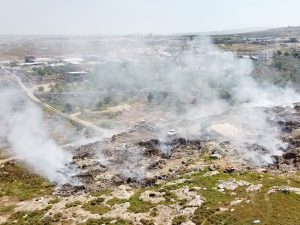

SDG 13 – Climate Action Crossroads
Climate Action Particularly when it comes to the climate crisis, nothing – besides action itself – is more important than honest self-criticism by official bodies
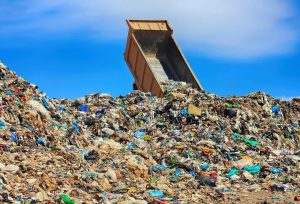

SDG 13 – Climate Action & the Budget
Climate Action We cannot think of a better place to decipher the climate action intentions of Israel’s new Government than its current 2023-24 budget deliberations.

